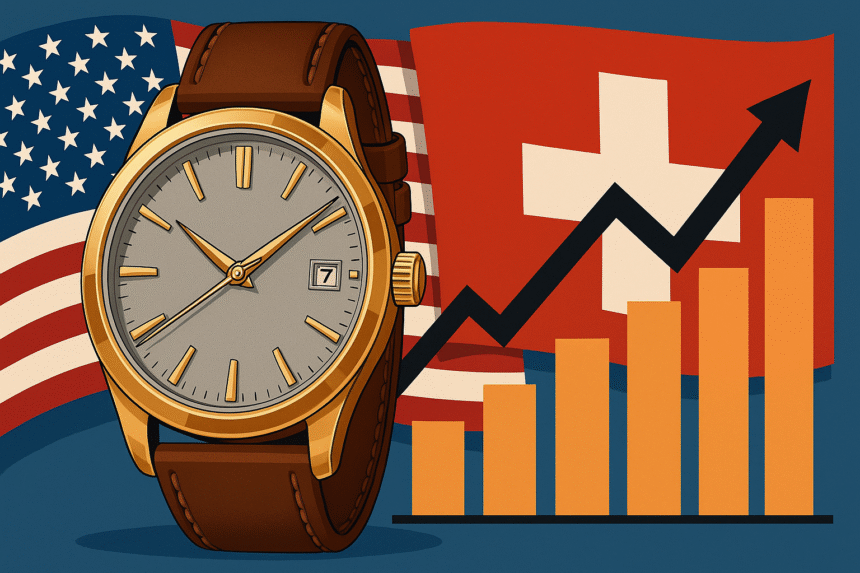Geneva – As U.S. President Donald Trump’s trade policies target Swiss exports, Switzerland’s luxury watch industry appears well-positioned to weather the impact. The country, home to iconic brands such as Rolex, Patek Philippe, and Audemars Piguet, exported $5.4 billion worth of watches to the United States last year, making it a prime candidate for new tariffs.
However, industry experts suggest that the sector is unusually resilient to the effects of higher import duties. Luxury timepieces are considered Veblen goods — items for which demand can rise as prices increase, enhancing their exclusivity and desirability. In the watch world, higher costs can, paradoxically, make these products more attractive to wealthy buyers.
Prestige Over Price Sensitivity
High-end watches, which can sell for millions of dollars, cater to a clientele for whom price hikes are unlikely to deter purchases. As one industry saying goes: “Those who can buy one, often buy six.” Recent examples, such as Meta founder Mark Zuckerberg sporting a $900,000 Greubel Forsey Hand Made 1, illustrate the enduring appeal of these timepieces as status symbols.
For the Trump administration, targeting this sector offers a political advantage. Unlike tariffs on everyday consumer goods — such as T-shirts from Bangladesh — duties on luxury watches affect only high-income consumers, aligning with a populist narrative.
A Centuries-Old Craft Unmoved by Trade Shifts
While other Swiss export sectors, such as automotive and semiconductor manufacturing, may need to relocate production to the U.S. to avoid tariffs, Swiss watchmakers are expected to maintain their operations in Switzerland. The artisanal tradition of Swiss watchmaking, which dates back nearly 500 years, remains firmly rooted in its home country.
The industry has faced significant challenges in the past, including the 1970s quartz crisis, a strong Swiss franc, fluctuating gold prices, and shifts in luxury spending patterns. Following the pandemic, sales have softened from their peak as consumer spending on luxury items normalizes.
Long-Term Value Outpaces Inflation
Despite market fluctuations, luxury watches often appreciate significantly over time. For example, Audemars Piguet’s Royal Oak, launched in 1972 for £2,850, now retails for more than 50 times that price. This rate of appreciation has outpaced inflation and even rivalled the growth in London property values.
While tariffs may temporarily influence trade dynamics, the prestige, heritage, and investment appeal of Swiss watches remain constants. As one industry observer noted, “Tariffs come and go, but prestige is timeless.”








